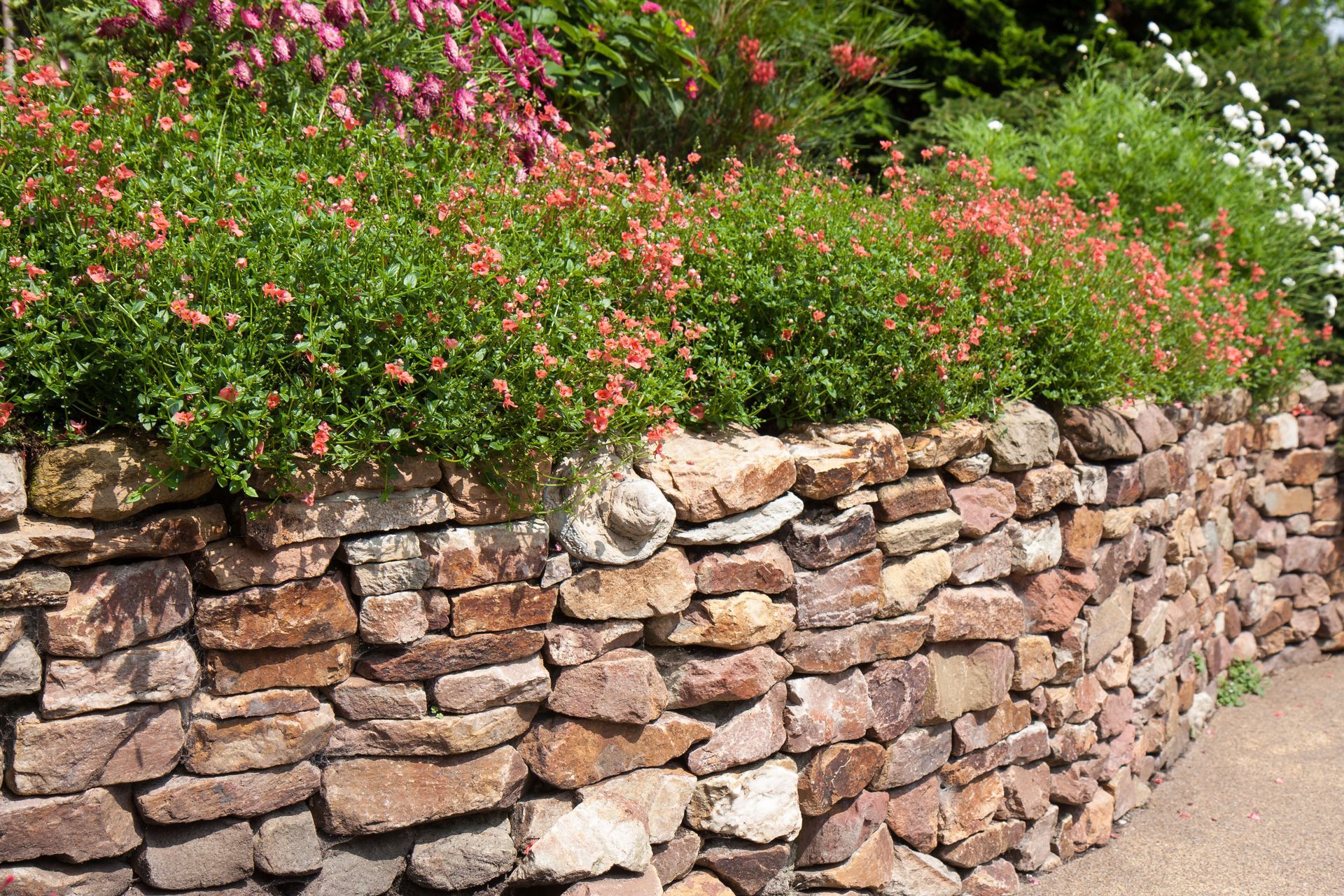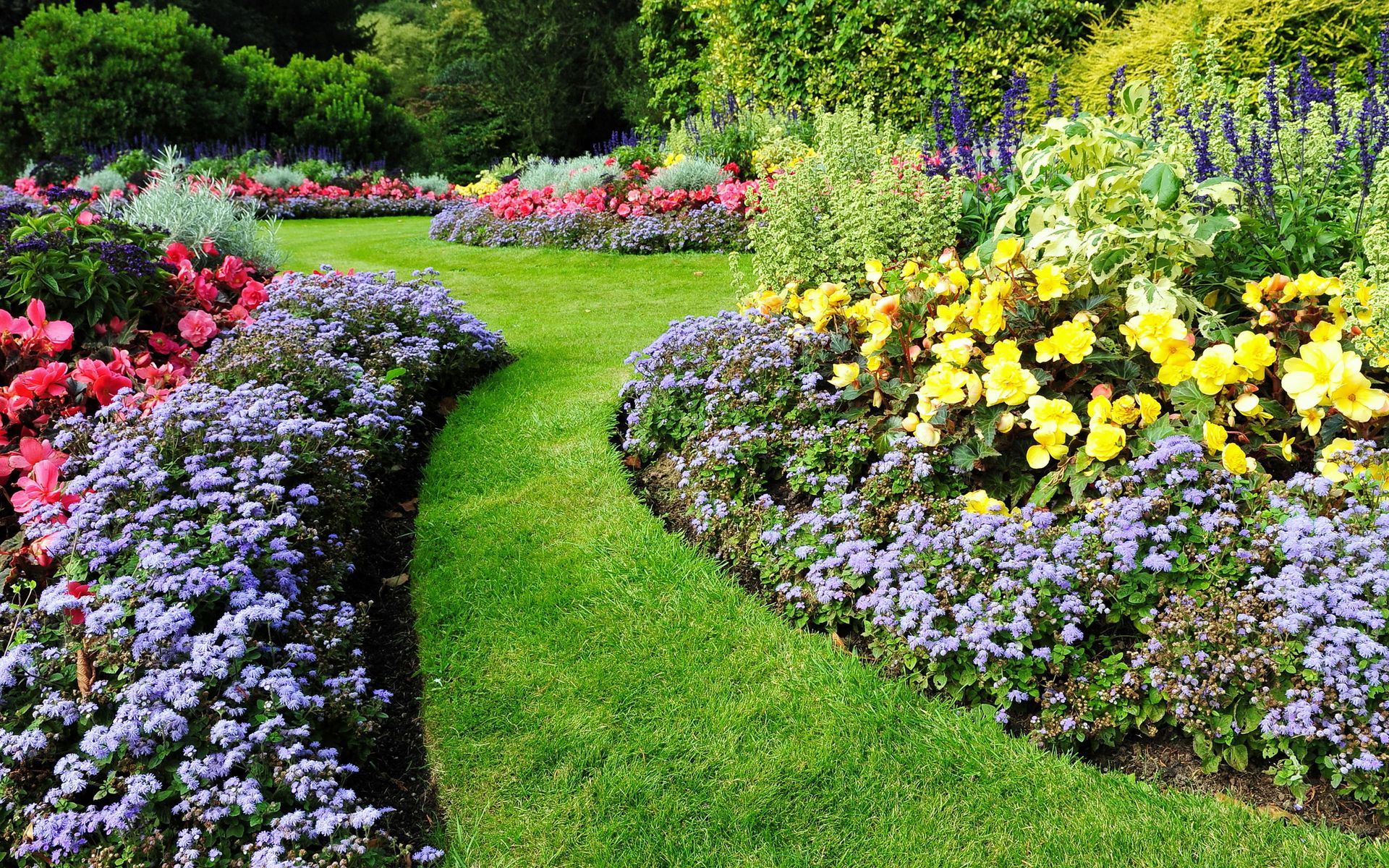5 Retaining Wall Ideas That Add Style and Function to Your Landscape
Explore the diverse world of retaining wall designs and discover how they can enhance both the aesthetic and functional aspects of your landscape. Retaining walls are not just structural necessities; they can transform your outdoor space into a visually appealing and practical haven. In this article, we'll delve into various stylish and functional retaining wall ideas.
Natural Stone Retaining Walls
Types of Natural Stone
Natural stone retaining walls are among the most popular choices for creating a timeless and elegant landscape. Several types of natural stones are typically used for these constructions, including granite, limestone, sandstone, and fieldstone. Each of these stones offers unique properties, such as color variations, textures, and strength, which cater to different aesthetic preferences and structural requirements. Granite, for instance, is favored for its robustness and weather resistance, while limestone is appreciated for its classic beauty and versatility in matching various landscape themes. Selecting the right type of stone is crucial for ensuring that the retaining wall not only serves a practical purpose but also enhances the overall ambiance of your garden, which is a decision best made with guidance from a trusted hardscaping contractor.
Benefits of Using Natural Stone
Natural stone retaining walls offer numerous benefits that make them a preferred choice for many homeowners. A significant advantage is their durability, as natural stone can withstand harsh weather conditions and last for decades with minimal maintenance. According to This Old House, with proper maintenance, concrete and stone retaining walls can last between 50 and 100 years, while wood retaining walls usually have a lifespan of 20 to 40 years. Moreover, natural stone walls blend seamlessly with the environment, providing a more organic and cohesive look to the landscape. They are also highly customizable; stones can be cut and arranged in numerous ways to create unique patterns and styles. This flexibility allows homeowners to tailor the appearance of the wall to match their specific preferences and design goals, something a skilled hardscaping contractor can expertly execute.
2. Modular Block Retaining Walls
Understanding Modular Block Options
Modular block retaining walls have emerged as a versatile and cost-effective solution for a wide range of landscaping needs. These walls are constructed using precast concrete blocks, which are available in various sizes, shapes, and finishes to suit different design preferences. Many manufacturers offer blocks with interlocking features, which provide structural integrity and ease of assembly. This variety allows homeowners to choose from textured or smooth surfaces, different colors, and even split-face designs that mimic the appearance of natural stone. The wide range of modular block options makes them an attractive choice for those seeking both convenience and aesthetic flexibility, making them a go-to recommendation from many hardscaping contractors.
Structural Benefits and Versatility
One of the primary strengths of modular block retaining walls is their structural integrity and adaptability to various landscapes. These walls are engineered to withstand significant soil pressure, making them suitable for both small garden terraces and large retaining projects. The interlocking design of the blocks eliminates the need for mortar, allowing for easier adjustment and installation on-site. Moreover, modular blocks can be used to create a wide array of structures, from straight walls to curved features and terraced designs. This versatility enables architects and hardscaping contractors alike to craft distinctive layouts that enhance the overall landscape.
3. Gabion Retaining Walls
What are Gabion Walls?
Gabion walls are a distinctive type of retaining wall that utilizes wire mesh cages filled with stone or other materials. Historically used for military fortification and civil engineering projects, gabion walls have gained popularity in residential landscaping due to their industrial look and robustness. The wire mesh framework is typically made from galvanized steel to prevent rusting, and the cages can be filled with a variety of materials, including local rocks, recycled concrete, or even colored glass. The resulting structure is not only functional but also offers a unique aesthetic that can integrate with both modern and rustic landscape designs. A knowledgeable hardscaping contractor can guide you in choosing the best materials and configuration.
Advantages of Gabion Construction
The construction of gabion walls offers several advantages that make them a compelling choice for retaining structures. They are incredibly strong and stable due to the weight of the filled stones, making them suitable for large-scale retaining solutions. Gabion walls are also highly permeable, which allows for effective drainage and minimizes hydrostatic pressure on the wall. This permeability reduces the need for traditional drainage solutions, simplifying installation and reducing cost. Furthermore, the use of local and recycled materials promotes sustainability and can significantly lower the wall's environmental impact.
4. Timber Retaining Walls
Choosing the Right Wood Type
Timber retaining walls offer a warm and natural aesthetic that complements many landscape styles. When selecting wood for your retaining wall, it's crucial to choose a type that will withstand the outdoor elements while providing the desired look. Common choices include cedar, redwood, and treated pine, known for their natural resistance to decay and insect infestation. Consider the environmental impact of your wood choice as well; opting for FSC-certified or reclaimed timber can promote sustainability. Collaborating with a hardscaping contractor can help ensure that your wood selection is both visually appealing and structurally sound.
Preserving Wood for Longevity
The durability and longevity of a timber retaining wall are heavily reliant on proper wood preservation techniques. To extend the life of the wood, apply a high-quality sealant or wood preservative that offers protection against moisture and UV rays. Regular maintenance, such as reapplying sealant and addressing any damage quickly, is essential for preventing deterioration. Additionally, ensure that there's adequate drainage to prevent water from pooling against the wall, as moisture is a common cause of wood decay. A professional hardscaping contractor can help establish the proper setup to prolong the wall’s life.
5. Concrete Retaining Walls
Types of Concrete Retaining Walls
Concrete retaining walls are known for their strength and durability, making them a popular choice in various landscape designs. There are several types of concrete retaining walls to consider, including poured concrete, concrete block walls, and shotcrete. Poured concrete walls provide a sleek, modern look and can be reinforced with steel for additional strength. Concrete block walls offer more design flexibility, allowing for pattern integration and color variation. Shotcrete, a method of spraying concrete onto a structure, offers the potential for unique shapes and textures, suiting more custom and artistic landscape visions.
Structural Integrity and Durability
The structural integrity of concrete retaining walls ensures they can handle large loads and withstand harsh environmental conditions. These walls are particularly well-suited for supporting steep slopes and protecting against erosion. Reinforcing concrete with rebar or other metal components significantly enhances its load-bearing capacity. Unlike timber, which may rot, and stone, which can crack with stress, concrete is designed to endure without significant degradation over time. This robustness, alongside minimal maintenance requirements, makes concrete walls a sustainable and cost-effective long-term solution for landscape retaining needs.
Retaining walls are far more than just structural elements—they are design opportunities that can elevate your outdoor space’s beauty, functionality, and value. Whether you prefer the natural elegance of stone, the modular efficiency of concrete blocks, the raw character of gabion cages, the warmth of timber, or the strength of poured concrete, each option offers unique advantages to suit your style and landscape needs.
With so many materials and designs to choose from, working with an experienced hardscaping contractor ensures your retaining wall is built with precision and aligned with your aesthetic vision. From rustic charm to contemporary minimalism, the right retaining wall can transform your landscape into a personalized outdoor retreat.
Ready to enhance your yard with a retaining wall that combines style and stability? Contact Ethan's Lawn Design to explore your options and bring your vision to life.



Share On: